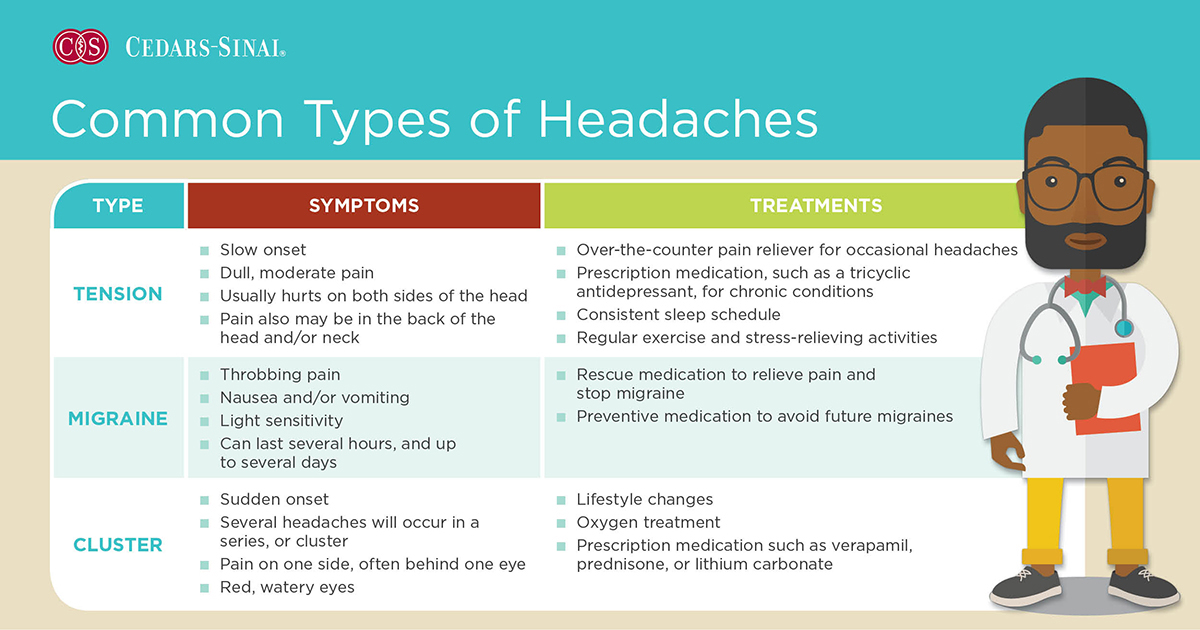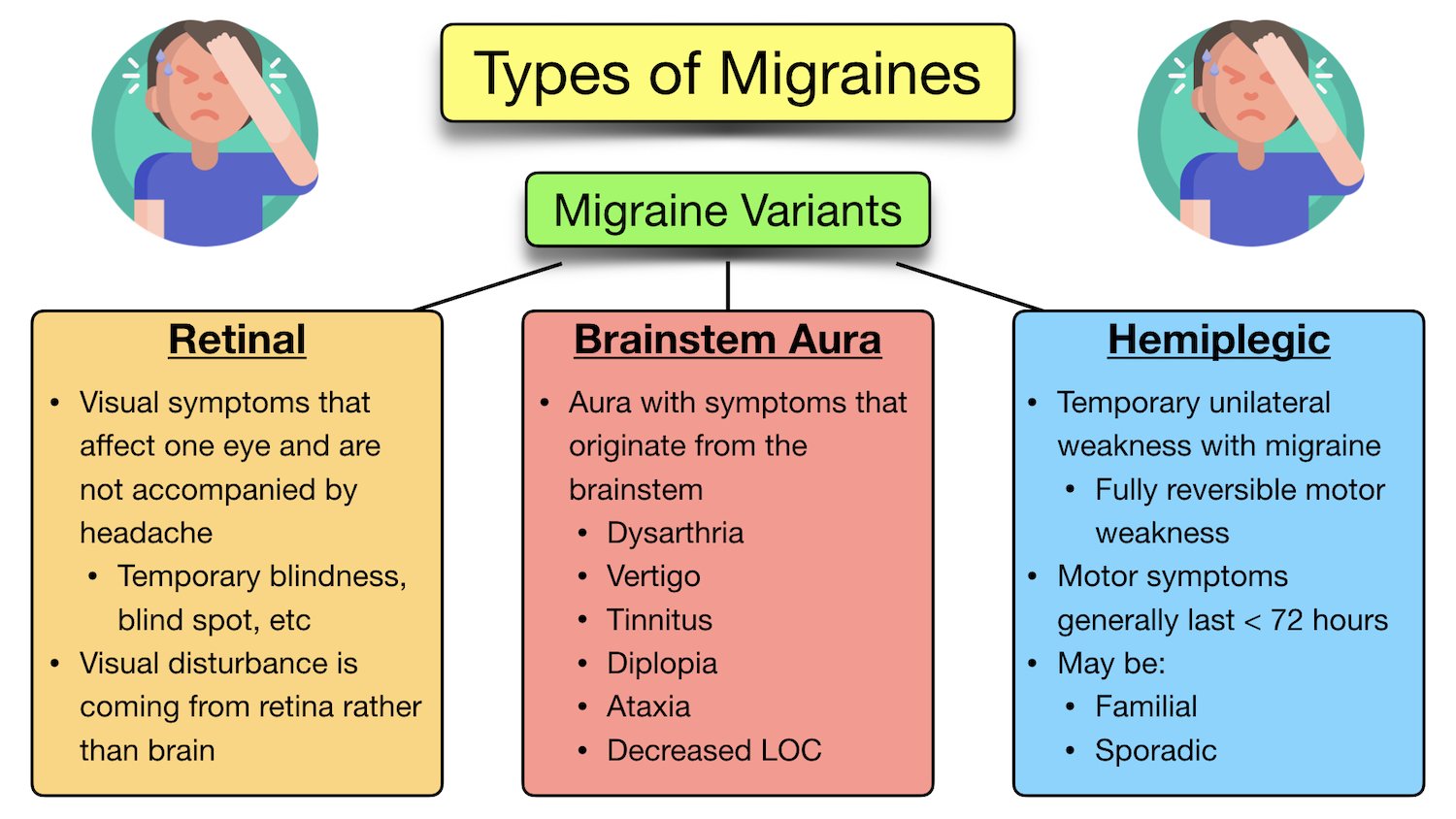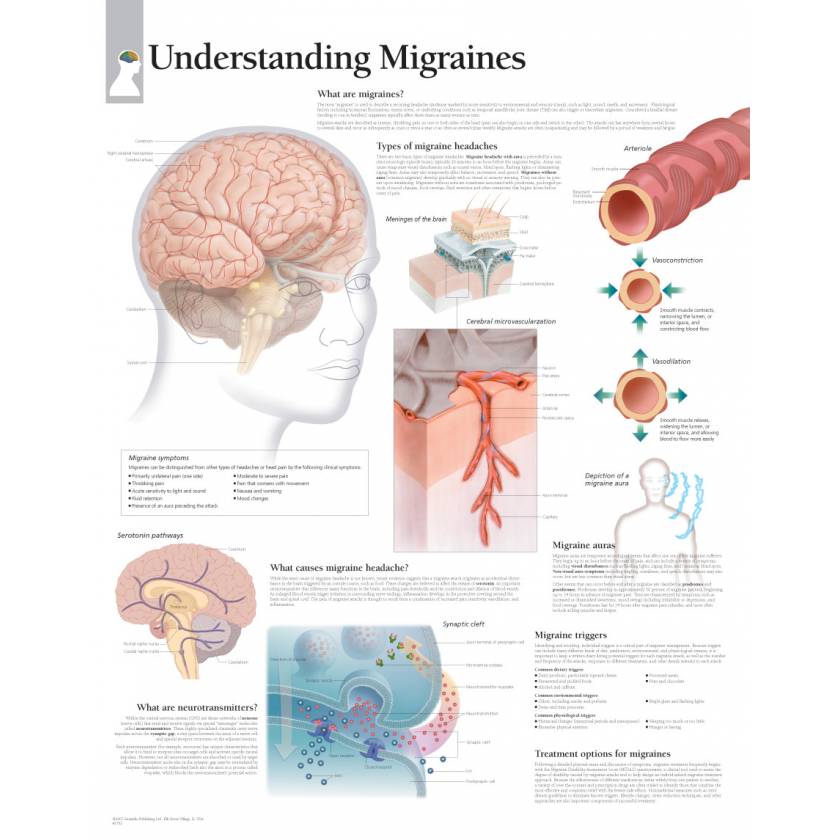What is a Migraine?
A migraine is a neurological disorder characterized by recurring headaches that can cause intense pain and other debilitating symptoms. It affects millions of people worldwide, making it one of the most common health conditions. Migraines are often accompanied by symptoms such as nausea, vomiting, sensitivity to light and sound, and visual disturbances known as auras. They can last for hours or even days, significantly impacting a person’s daily life and productivity.
Understanding the different types of migraines and their symptoms is crucial in managing this condition effectively. Identifying triggers and causes can help individuals prevent or minimize migraine attacks. Proper diagnosis by healthcare professionals is essential for developing personalized treatment plans that may include medication, lifestyle changes, and stress management techniques to alleviate migraine symptoms.
Understanding the Basics of Migraines

A migraine is a neurological disorder characterized by recurring headaches that can cause intense pain and other debilitating symptoms. It affects millions of people worldwide, making it one of the most common health conditions. Migraines are often accompanied by symptoms such as nausea, vomiting, sensitivity to light and sound, and visual disturbances known as auras. They can last for hours or even days, significantly impacting a person’s daily life and productivity.
Migraines are believed to be caused by a combination of genetic and environmental factors. While the exact cause is still not fully understood, researchers have identified certain triggers that can precipitate migraine attacks in susceptible individuals.
Proper diagnosis by healthcare professionals is essential for developing personalized treatment plans that may include medication, lifestyle changes, and stress management techniques to alleviate migraine symptoms. By understanding the basics of migraines, individuals can better recognize their symptoms and seek appropriate help for managing this condition effectively.
Different Types of Migraines

Migraines can be classified into different types based on their characteristics and symptoms. The two main types of migraines are migraine without aura and migraine with aura. Migraine without aura is the most common type, characterized by moderate to severe headache pain that is often accompanied by nausea, vomiting, and sensitivity to light and sound. Migraine with aura involves additional neurological symptoms that occur before or during the headache phase, such as visual disturbances like flashing lights or blind spots.
There are also other less common types of migraines, including chronic migraines (occurring on 15 or more days per month), vestibular migraines (with dizziness and balance problems), hemiplegic migraines (with temporary paralysis or weakness on one side of the body), and menstrual migraines (occurring around menstruation). Understanding these different types can help healthcare professionals determine the appropriate treatment approach for individuals experiencing migraine episodes.
Symptoms of a Migraine

Migraines are often characterized by a throbbing or pulsating headache, usually on one side of the head. Along with the headache pain, individuals may experience other symptoms such as nausea, vomiting, and sensitivity to light and sound. These symptoms can vary in intensity and duration from person to person. Some people may also experience aura, which includes visual disturbances like flashing lights or blind spots before the headache begins. It’s important to note that migraines can have different symptoms for different individuals, making diagnosis sometimes challenging. Understanding these common signs can help individuals identify and manage their migraine episodes effectively.
Common Telltale Signs to Look Out For

Migraines often present with a range of symptoms that can vary from person to person. The most common telltale sign is a pulsating or throbbing headache, usually localized on one side of the head. Alongside the headache pain, individuals may experience nausea, vomiting, and sensitivity to light and sound. Some people also have visual disturbances known as aura, which can include seeing flashing lights or blind spots before the headache begins. These symptoms can be debilitating and last anywhere from a few hours to several days. Recognizing these common signs is crucial for proper diagnosis and effective management of migraines.
Rare Symptoms that Indicate a Migraine

In addition to the common telltale signs of migraines, there are some rare symptoms that can also indicate a migraine. These symptoms may not be experienced by everyone who suffers from migraines, but they are worth noting. One such symptom is known as hemiplegia, which involves temporary paralysis or weakness on one side of the body. Another rare symptom is known as brainstem aura, which can cause difficulty speaking and coordinating movements. Some individuals may also experience retinal migraine, characterized by temporary vision loss or blindness in one eye. It’s important to be aware of these rare symptoms and consult with a healthcare professional for proper diagnosis and management of migraines.
Triggers and Causes of Migraines

Migraines can be triggered by various factors, and understanding these triggers is key to managing and preventing migraine episodes. Common triggers include stress, hormonal changes, certain foods (such as aged cheese or processed meats), caffeine, alcohol, strong smells, bright lights, and changes in sleep patterns. Additionally, environmental factors like weather changes or high altitude can also trigger migraines. While the exact cause of migraines is still not fully understood, research suggests that they may be linked to abnormal brain activity and imbalances in neurotransmitters. Genetic predisposition may also play a role. Identifying personal triggers and making necessary lifestyle adjustments can help individuals better manage their migraines.
Identifying Factors that Can Precipitate Migraine Attacks

Migraine attacks can be triggered by a variety of factors. By identifying these triggers, individuals may be able to better manage and prevent migraine episodes. Common triggers include stress, hormonal changes, certain foods (such as aged cheese or processed meats), caffeine, alcohol, strong smells, bright lights, and changes in sleep patterns. Environmental factors like weather changes or high altitude can also precipitate migraines. It is important for individuals to keep track of their symptoms and potential triggers in a migraine diary to help identify patterns. By understanding personal triggers, individuals can make necessary lifestyle adjustments to minimize the occurrence of migraines.
Understanding the Root Causes of Migraines

To fully understand migraines, it is important to explore the root causes behind these debilitating headaches. While the exact cause of migraines is still not completely understood, there are several factors that have been identified as potential triggers. These include changes in brain chemicals and blood flow, as well as genetic and environmental factors. Hormonal fluctuations in women, such as during menstruation or menopause, can also play a role in triggering migraines. Additionally, certain lifestyle choices like poor sleep patterns or excessive stress can increase the likelihood of experiencing a migraine attack. By identifying and addressing these underlying causes, individuals may be able to better manage and prevent migraines from occurring.
Diagnosis and Treatment Options

When it comes to diagnosing migraines, healthcare professionals typically rely on a combination of patient history, symptom analysis, and physical exams. They may also order additional tests, such as brain imaging or blood tests, to rule out other potential causes of the symptoms.
Once a migraine diagnosis is confirmed, treatment options can vary depending on the severity and frequency of attacks. Over-the-counter pain relievers like ibuprofen or aspirin can help alleviate mild migraines. For more severe cases, prescription medications such as triptans or ergots may be prescribed to target specific aspects of the migraine process.
In addition to medication, lifestyle modifications can also play a crucial role in managing migraines. This includes identifying and avoiding triggers, practicing stress reduction techniques, maintaining regular sleep patterns, and adopting healthy habits like regular exercise and a balanced diet.
It is important for individuals experiencing migraines to work closely with their healthcare provider to develop an individualized treatment plan that addresses their specific needs and goals.
How Migraines Are Diagnosed by Healthcare Professionals

Healthcare professionals use a combination of methods to diagnose migraines. They start by taking a detailed patient history, analyzing symptoms, and conducting physical exams. This helps them rule out other potential causes of the symptoms. In some cases, additional tests like brain imaging or blood tests may be ordered.
A thorough diagnosis is important to ensure that appropriate treatment can be provided. It allows healthcare professionals to determine the severity and frequency of migraine attacks, which helps guide treatment decisions.
By working closely with their healthcare provider, individuals experiencing migraines can receive an accurate diagnosis and develop a personalized treatment plan that addresses their specific needs and goals. Early diagnosis and intervention can greatly improve the management of migraines and reduce the impact on daily life.
Exploring Treatment Plans and Medication Options

When it comes to treating migraines, healthcare professionals have a range of options to explore. Treatment plans for migraines typically involve a combination of lifestyle changes and medications. Lifestyle changes may include identifying and avoiding triggers, managing stress levels, getting regular exercise, and ensuring adequate sleep.
In terms of medication options, there are different types available depending on the severity and frequency of the migraines. Over-the-counter pain relievers such as ibuprofen or acetaminophen can help alleviate mild symptoms. For more severe migraines, prescription medications such as triptans or ergots may be prescribed. These medications work by constricting blood vessels in the brain and blocking pain signals.
It’s important for individuals experiencing migraines to discuss their symptoms with a healthcare professional who can recommend appropriate treatment options based on their specific needs and medical history.
Lifestyle Changes and Migraine Management
:quality(85):extract_cover()/2022/08/17/826/n/1922729/tmp_Xoj4tr_c6fe3c3980b09319_PS22_Hub_ConditionCenter_Migraine_MainImage.jpg)
Adopting healthy lifestyle habits can play a crucial role in managing migraines. Making certain changes in daily routines and behaviors can help reduce the frequency and severity of migraine episodes. Some effective strategies include:
- Maintaining a regular sleep schedule: Getting enough quality sleep is essential for migraine prevention.
- Managing stress levels: Stress can trigger migraines, so finding ways to relax and cope with stress is important.
- Identifying and avoiding triggers: Keeping a headache diary can help identify specific triggers such as certain foods, environmental factors, or hormonal changes.
- Regular exercise: Engaging in physical activity on a regular basis can help alleviate stress and improve overall well-being.
- Eating a balanced diet: Avoiding processed foods, caffeine, alcohol, and artificial sweeteners may help prevent migraines.
By incorporating these lifestyle changes into daily routines, individuals experiencing migraines may find relief and better manage their symptoms.
Adopting Healthy Habits to Prevent Migraine Episodes

Adopting healthy habits can play a crucial role in managing migraines. Making certain changes in daily routines and behaviors can help reduce the frequency and severity of migraine episodes. Some effective strategies include maintaining a regular sleep schedule, managing stress levels, identifying and avoiding triggers, engaging in regular exercise, and eating a balanced diet.
Getting enough quality sleep is essential for migraine prevention. It’s important to establish a consistent sleep routine by going to bed and waking up at the same time every day.
Stress can trigger migraines, so finding ways to relax and cope with stress is important. This can include practicing relaxation techniques such as deep breathing exercises or meditation.
Keeping a headache diary can help identify specific triggers such as certain foods, environmental factors, or hormonal changes. Once identified, it’s important to avoid these triggers as much as possible.
Regular exercise not only helps alleviate stress but also improves overall well-being. Engaging in physical activity on a regular basis can be beneficial for preventing migraines.
Eating a balanced diet is also crucial for migraine management. Avoiding processed foods, caffeine, alcohol, and artificial sweeteners may help prevent migraines from occurring.
By incorporating these lifestyle changes into daily routines, individuals experiencing migraines may find relief and better manage their symptoms.
Effective Strategies for Managing Migraine Symptoms

There are several effective strategies for managing migraine symptoms. One important strategy is to identify and avoid triggers that can precipitate a migraine attack. This may include avoiding certain foods, such as chocolate or caffeine, as well as minimizing exposure to bright lights or strong odors.
In addition, practicing relaxation techniques can help alleviate stress, which is a common trigger for migraines. Deep breathing exercises, meditation, and yoga are all effective methods for reducing stress levels.
Another strategy is to establish a consistent sleep routine by going to bed and waking up at the same time every day. Getting enough quality sleep is crucial for preventing migraines.
Lastly, it’s important to take any prescribed medication as directed by a healthcare professional. Medications such as triptans or preventive medications can help alleviate symptoms and reduce the frequency of migraine episodes.
By incorporating these strategies into daily life, individuals with migraines can effectively manage their symptoms and improve their overall quality of life.
Conclusion

In conclusion, understanding the telltale signs of migraines is crucial for effectively managing this debilitating condition. By recognizing the common symptoms and identifying potential triggers, individuals can take proactive steps to prevent and alleviate migraine episodes. Additionally, seeking proper diagnosis and exploring treatment options with healthcare professionals can provide much-needed relief. Lifestyle changes, such as adopting healthy habits and practicing stress-reduction techniques, play a significant role in managing migraines. With the right strategies in place, individuals can minimize the impact of migraines on their daily lives and improve their overall well-being. It is important to remember that each person’s experience with migraines may vary, so finding personalized approaches that work best for them is key.
Summary: Understanding the telltale signs of migraines empowers individuals to manage their condition effectively through lifestyle changes and treatment options recommended by healthcare professionals.
Summary of Key Points on Understanding Migraines

Understanding the telltale signs of migraines is crucial for effectively managing this debilitating condition. By recognizing the common symptoms and identifying potential triggers, individuals can take proactive steps to prevent and alleviate migraine episodes. Seeking proper diagnosis and exploring treatment options with healthcare professionals can provide much-needed relief. Lifestyle changes, such as adopting healthy habits and practicing stress-reduction techniques, play a significant role in managing migraines. With the right strategies in place, individuals can minimize the impact of migraines on their daily lives and improve their overall well-being. It is important to remember that each person’s experience with migraines may vary, so finding personalized approaches that work best for them is key.
Additional Resources for Further Information or Support

For more information and support on understanding migraines, there are a variety of resources available. Here are some helpful options:
- Migraine Research Foundation: Provides valuable information on the latest research and advancements in migraine treatment.
- American Migraine Foundation: Offers resources, educational materials, and support for individuals living with migraines.
- National Headache Foundation: Provides educational resources, support groups, and access to headache specialists.
- Migraine.com: A comprehensive online community where individuals can share experiences, find valuable information, and connect with others who understand what they’re going through.
Remember that seeking professional medical advice is essential for accurate diagnosis and personalized treatment plans. These additional resources can complement your journey towards managing migraines effectively.



